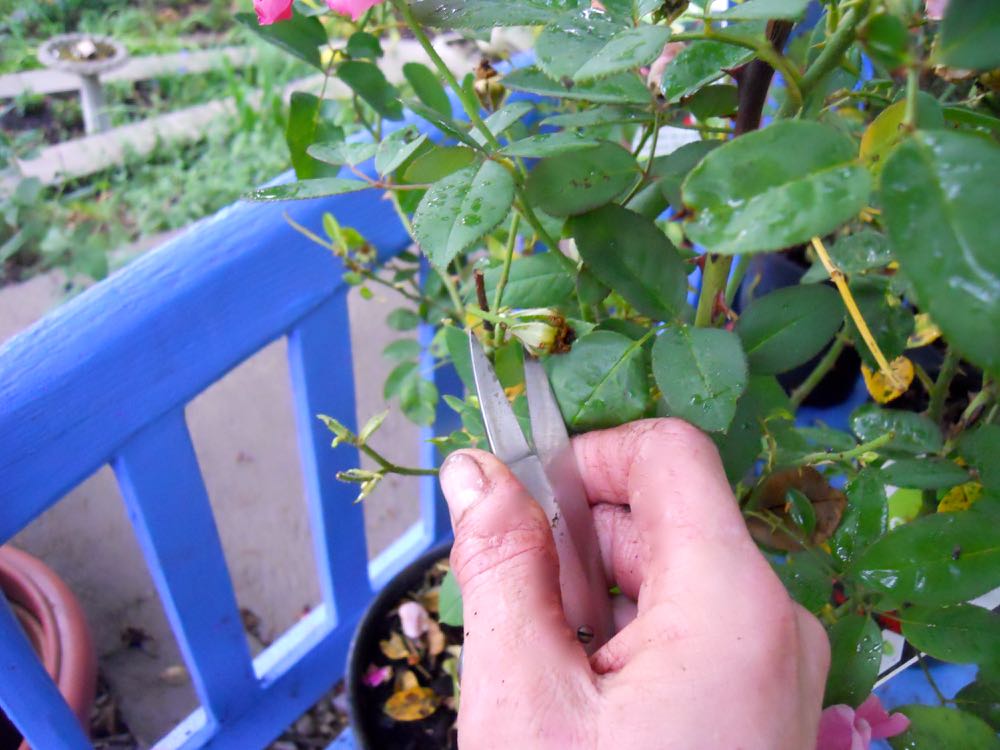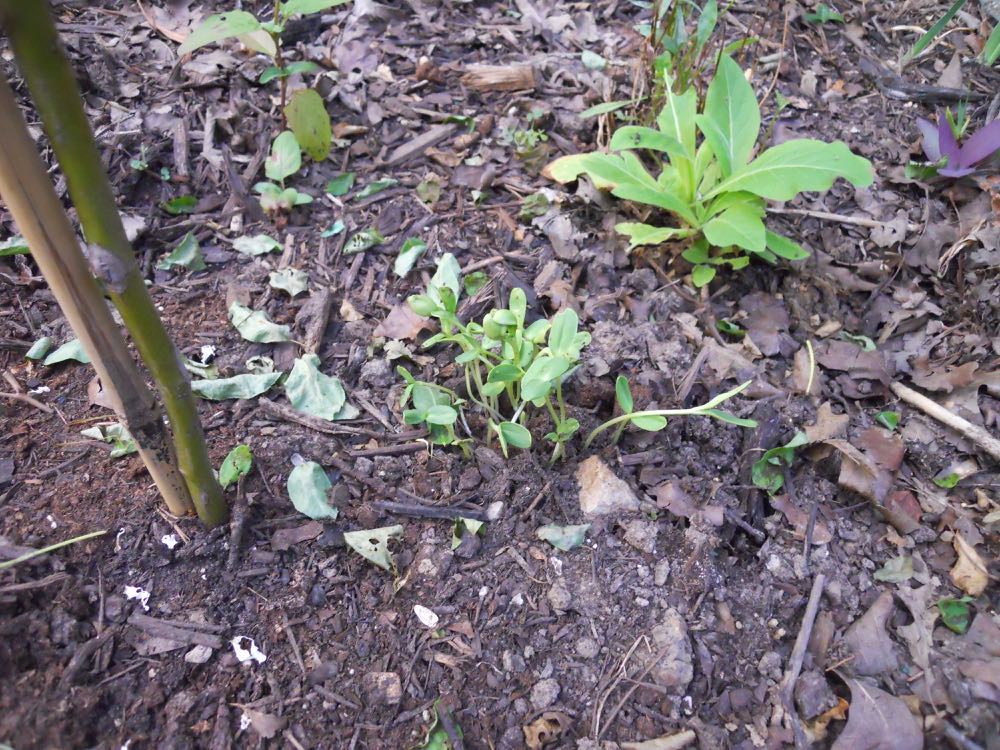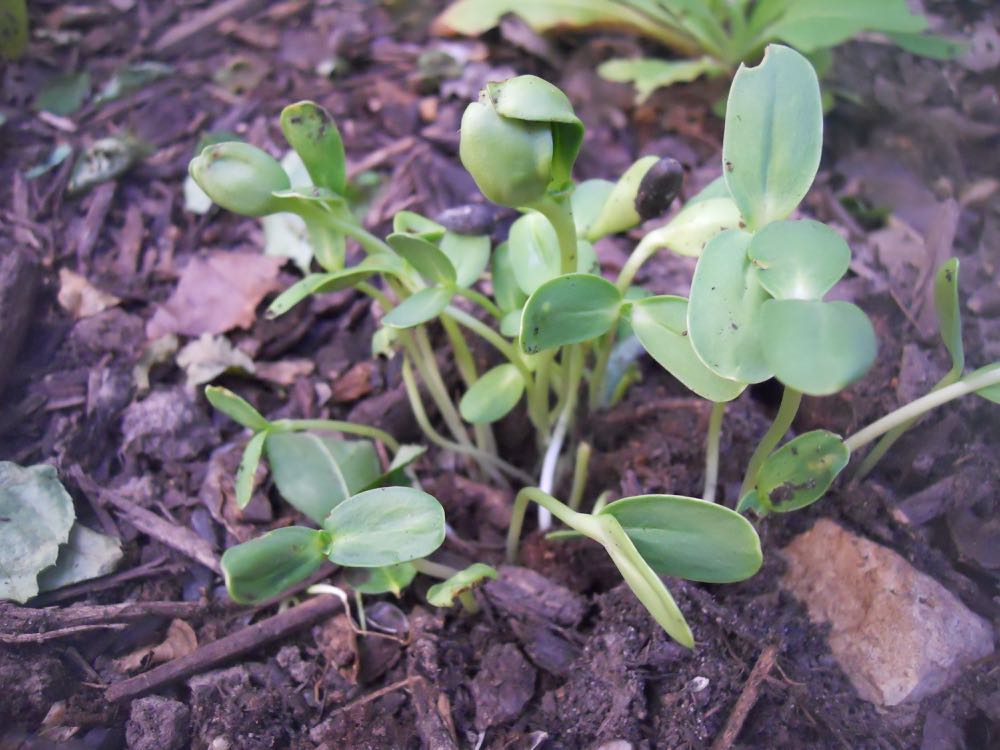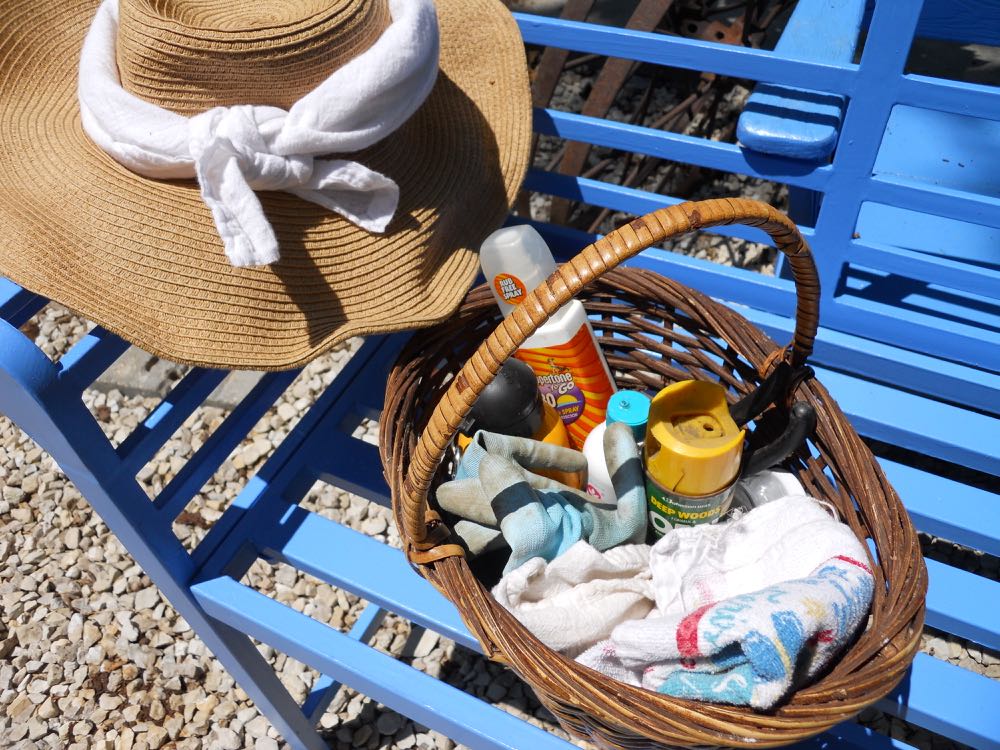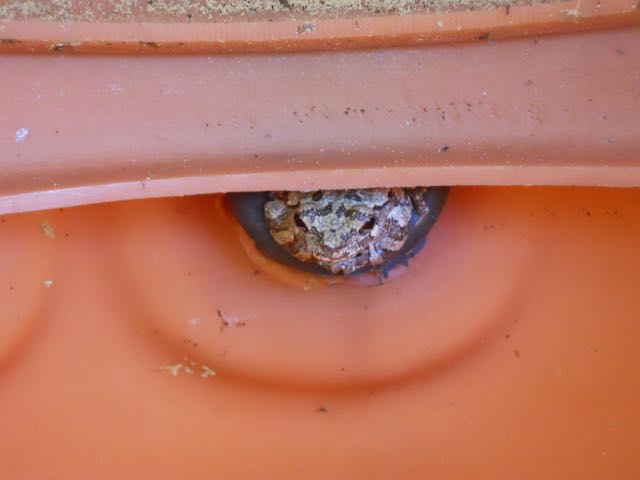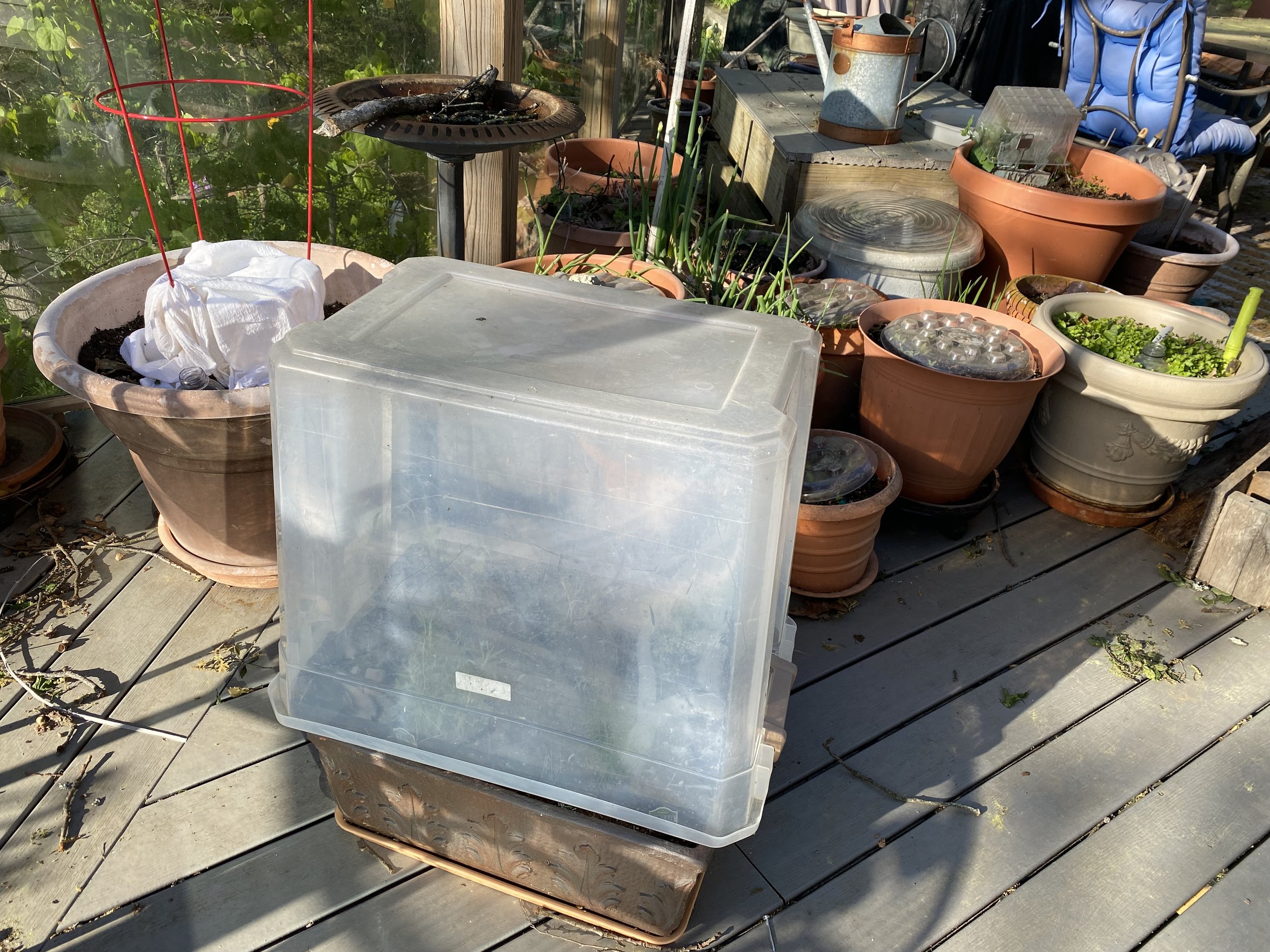Japanese Beetles Are Here
/Japanese beetles mating on cherry tree leaves in my garden. (Photo by Charlotte Ekker Wiggins)
Japanese Beetles Are Here
I was just about to pick a few lovely pink hybrid tea roses when I saw them inside the petals; Japanese beetles. They're here, and for the next 6 weeks it will be a battle between these wily invasive bugs and I.
A beautiful iridescent green, the 3/8th of an inch invasive beetles are eating machines, devouring fruit trees, roses and anything else edible in a garden.
Once they turn from grubs into beetles, they set off a pheromone scent that says "let's party" to other Japanese beetles. Actually the female beetles attract the males; they mate, eat some more, then fall into soil where they lay eggs that turn into grubs to hatch next summer.
Japanese beetles don’t damage trees and flowers they eat; they like a wide range of plants from edible native wildflowers to perennials such as fruit trees, rose of sharon, vegetables and roses. Although the plants they munch on look bad, they quickly recover once Japanese beetles drop into the ground to pulpate until next year.
Japanese beetles eat all garden edibles including roses. (Photo by Charlotte Ekker Wiggins)
If you can’t see Japanese beetles, you will know you have them when you see your plant leaves turning into lace.
In USDA Hardiness zone 5b/6a, Japanese beetles stick around for about 6 weeks.
Leaves that turn like lace are a sign of Japanese beetles. (Photo by Charlotte Ekker Wiggins)
Since I don't like to use chemicals, I have been trying to find a safe way to discourage them. After several tries, the most effective non-chemical approach I've found is to drop them in a can of soapy water.
They're smart, though.
Word will soon get around so you will need to sneak up on them or they'll see you and literally drop straight down off the plant. I find it’s easiest to catch them in the morning, when they are sluggish and I use that dropping down to my advantage, placing the coffee can with sudsy water right under them to easily catch them.
There are also Japanese traps on the market but those are basically female Japanese beetle pheromones that attract the male Japanese beetles. If you read the instructions, they say to place the traps downwind and at the edge of your property but I see many people hanging the traps in the middle of their gardens, which will just generate more bugs next year.
It would be even better if we could locate the grubs before they hatch but from what I've read, that's a lot more difficult to do.
For a long term solution, my brother in Virginia has treated his lawn with milky spores. He has dozens of crepe myrtles, one of Japanese beetles favorite munchies. According to him, Japanese beetle grubs eat the spores;
get sick; die and in the process, release more milky spores. It can take several years to eliminate the beetles, not counting whether your neighbors have treated their lawns.
I catch Japanese beetles early morning in soapy water. (Photo by Charlotte Ekker Wiggins)
Ok, time to soap up and pick off those bugs!
Charlotte



















